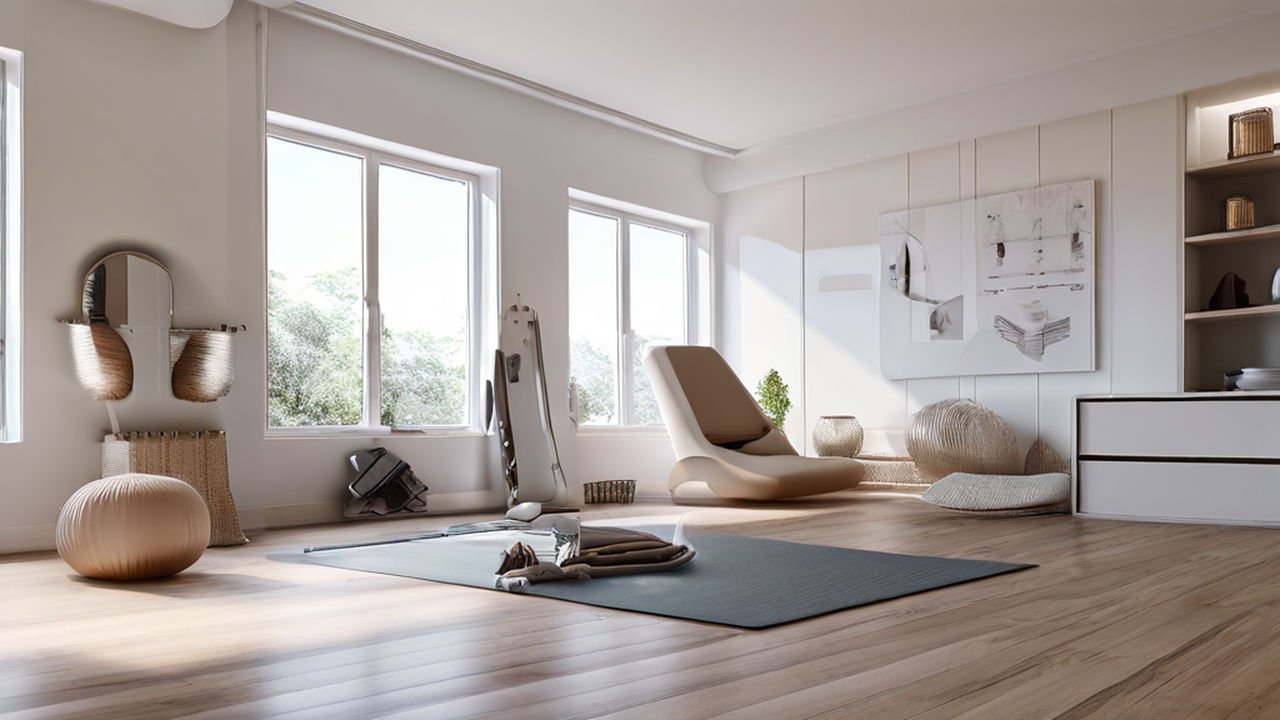
In the pursuit of holistic wellness, our homes play a crucial role in fostering a healthy lifestyle. While we often focus on aspects like nutrition and exercise, one area that is frequently overlooked is creating a dedicated space for flexibility and mobility. A Flexibility and Mobility Area isn’t just a place to stretch. It’s a sanctuary for nurturing your body’s movement potential, enhancing flexibility, and improving joint health. Set up a space for stretching, foam rolling, and mobility exercises to improve flexibility and joint health. In this comprehensive guide, we’ll explore the importance of creating a Movement Sanctuary in your home and provide three essential tips to help you design a space that supports your overall well-being.
- Designate a Dedicated Space
The first step in creating a Movement Sanctuary is to designate a dedicated space in your home where you can focus on flexibility and mobility exercises without distractions. Choose a quiet and clutter-free area that offers enough room to move freely and perform various stretching and mobility exercises. Ideally, this space should be well-ventilated and well-lit, with enough natural light to create a calming and inviting atmosphere. Consider setting up your Movement Sanctuary in a spare bedroom, home office, or even a corner of your living room or basement. Use rugs or yoga mats to define the space and provide a comfortable surface for exercise, and incorporate elements of nature such as plants or natural materials to create a sense of tranquility and connection to the outdoors.
- Equip Your Space with the Right Tools
Once you’ve designated a space for your Movement Sanctuary, equip it with the right tools and equipment to support your flexibility and mobility goals. Invest in basic equipment such as yoga mats, foam rollers, resistance bands, and massage balls to facilitate stretching, self-myofascial release, and mobility exercises. Consider adding props such as yoga blocks, straps, and bolsters to enhance your practice and provide support during deeper stretches. Additionally, you may want to incorporate tools like balance boards, stability balls, or suspension trainers to challenge your balance and stability and improve overall body awareness. Personalize your space with equipment that aligns with your fitness level, goals, and preferences, and don’t be afraid to experiment with different tools and modalities to find what works best for you.
- Create a Relaxing and Inspirational Atmosphere
Creating a Movement Sanctuary isn’t just about the physical space. It’s also about cultivating a relaxing and inspirational atmosphere that encourages mindfulness and self-care. Set the mood with soothing music, candles, or essential oil diffusers to create a calming ambiance that helps you unwind and de-stress. Consider incorporating elements of nature such as plants, natural materials, or artwork depicting serene landscapes to evoke a sense of tranquility and connection to the earth. Use soft lighting and warm colors to create a cozy and inviting environment that invites you to slow down and focus inward. Establish a regular routine of stretching and mobility exercises, incorporating mindfulness practices such as deep breathing or meditation to enhance relaxation and stress relief. By creating a relaxing and inspirational atmosphere in your Movement Sanctuary, you can cultivate a deeper sense of well-being and connection to your body and mind.
In conclusion, creating a Movement Sanctuary in your home is a powerful way to prioritize flexibility, mobility, and overall well-being. Set up a space for stretching, foam rolling, and mobility exercises to improve flexibility and joint health, and equip it with the right tools and equipment to support your practice. Designate a dedicated space, equip it with the right tools, and create a relaxing and inspirational atmosphere that encourages mindfulness and self-care. With these three essential tips, you can design a Movement Sanctuary that supports your holistic wellness goals and helps you live a happier, healthier life.
